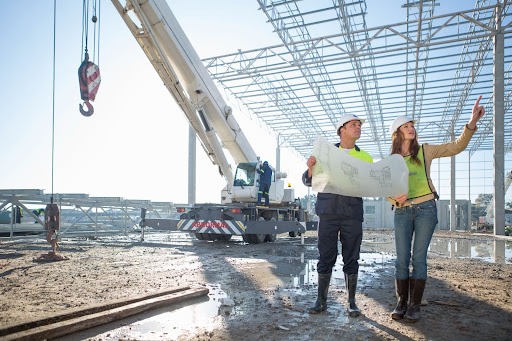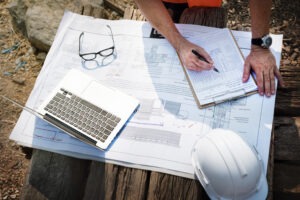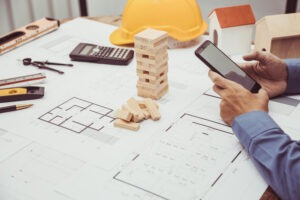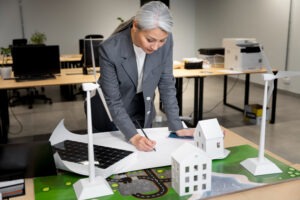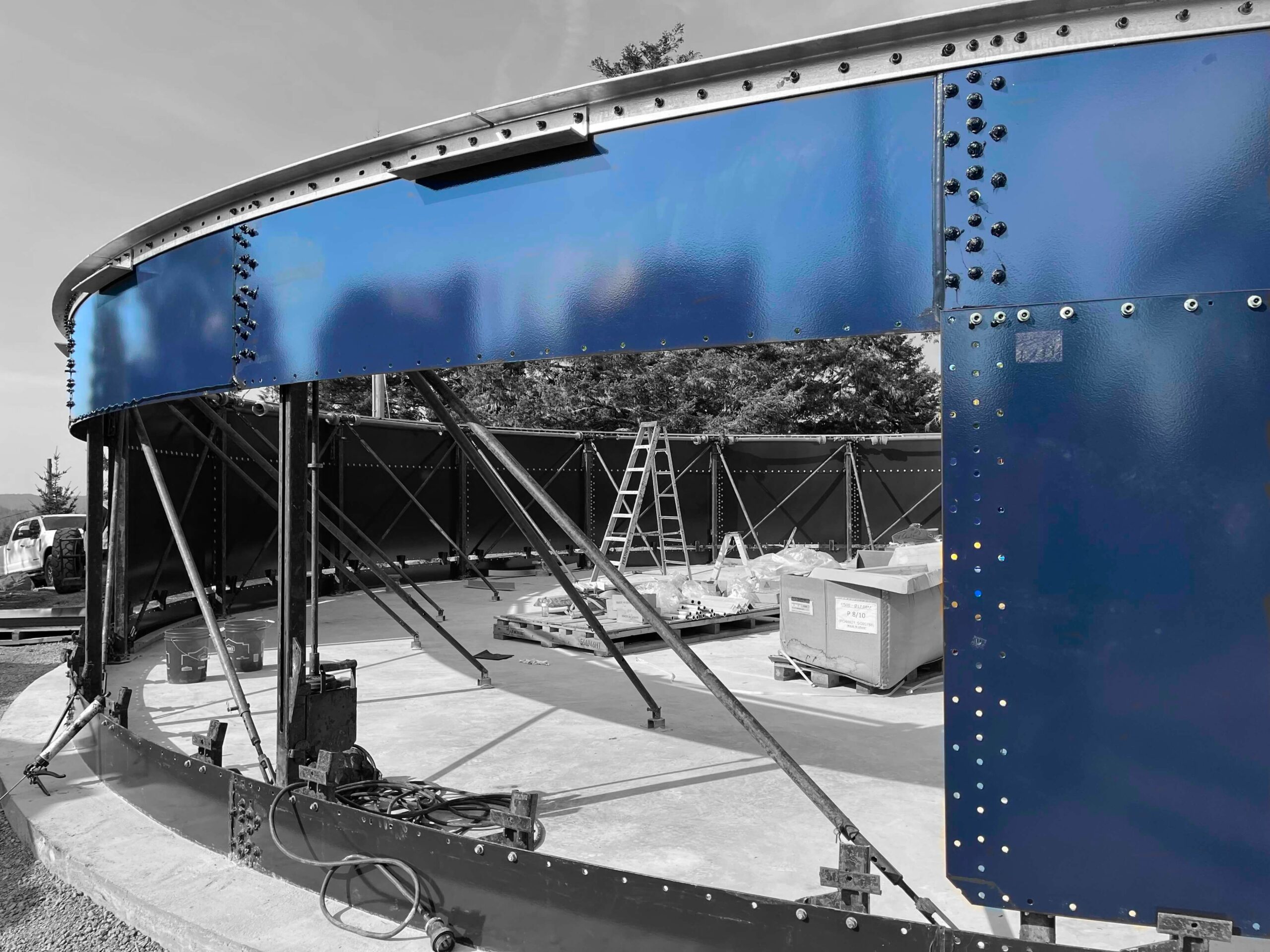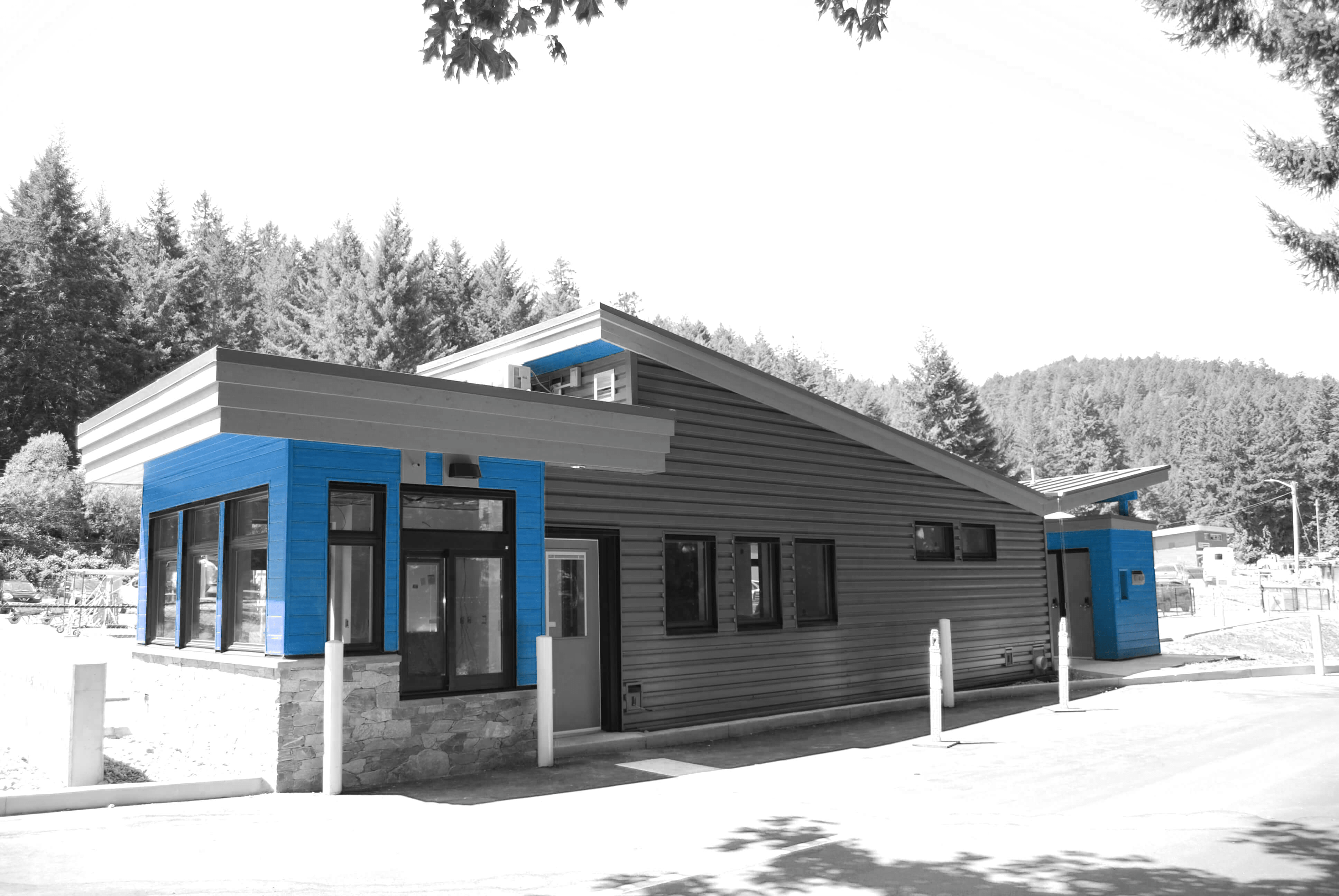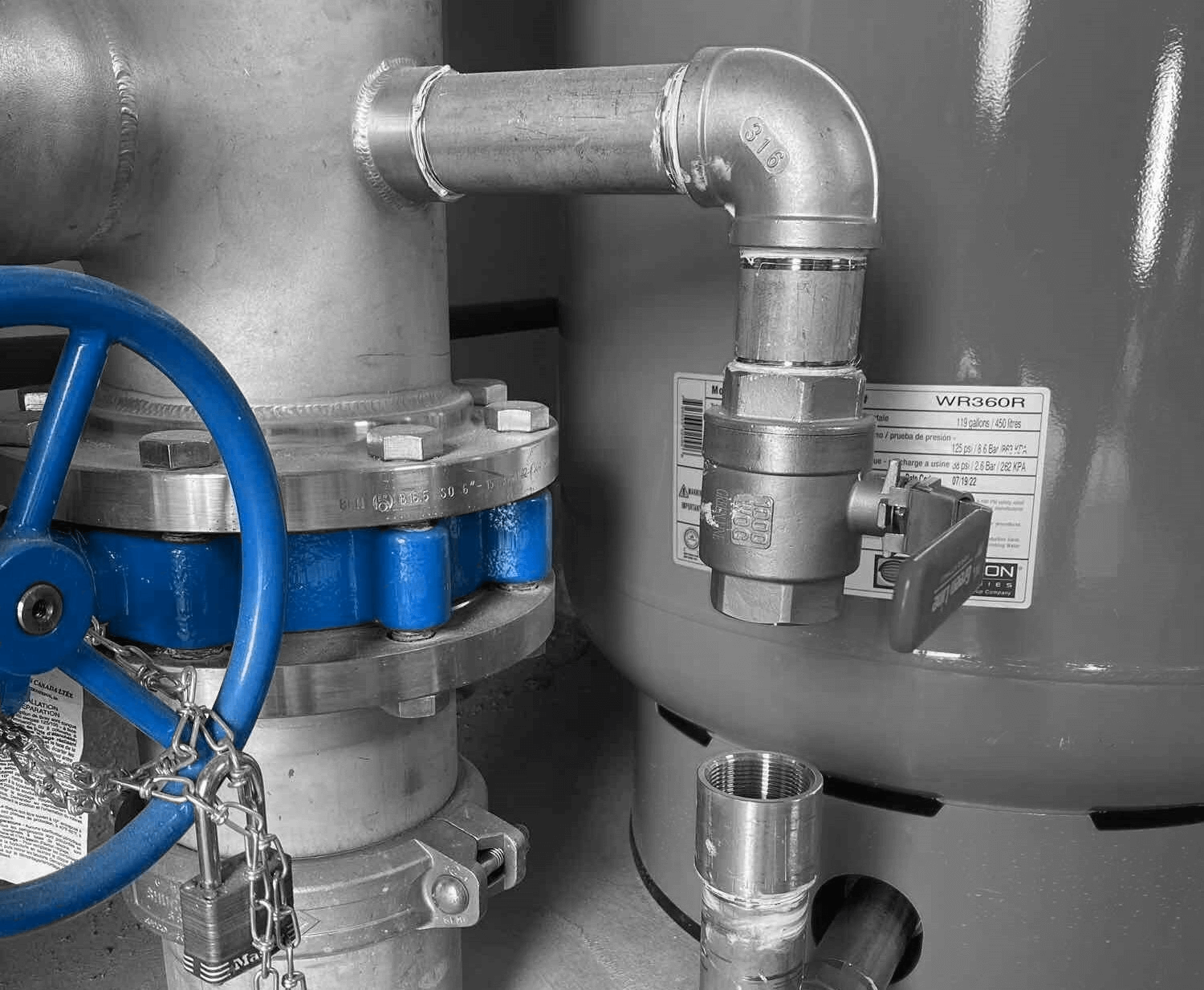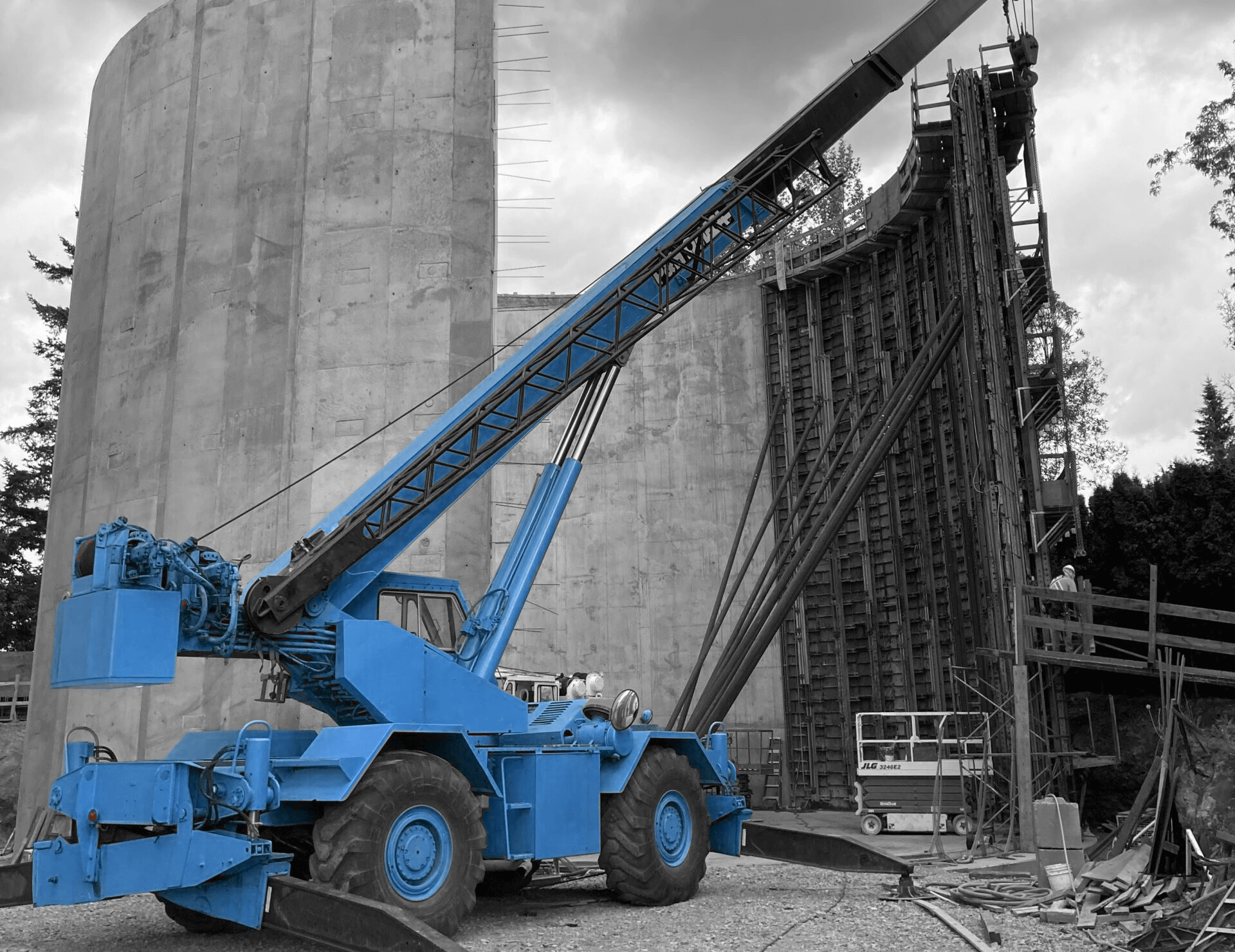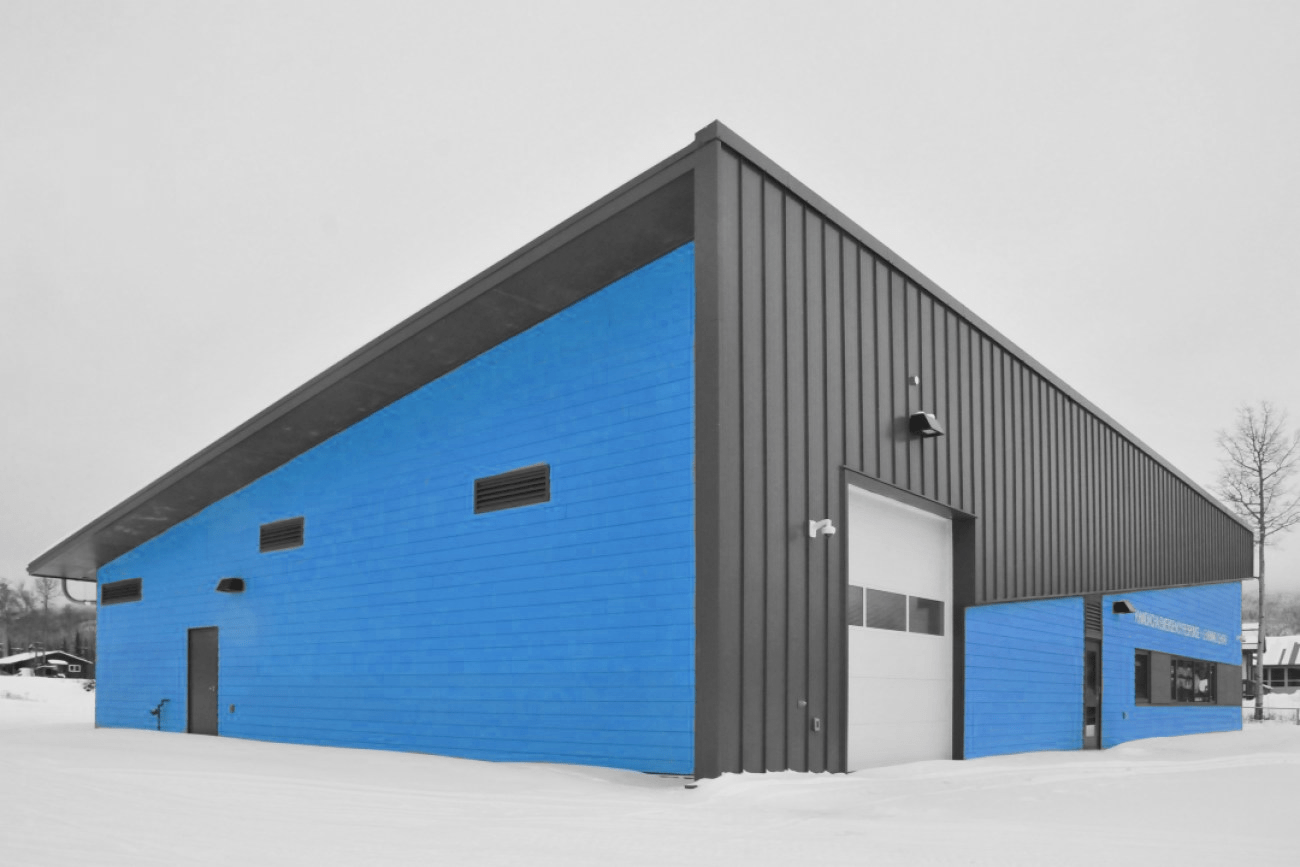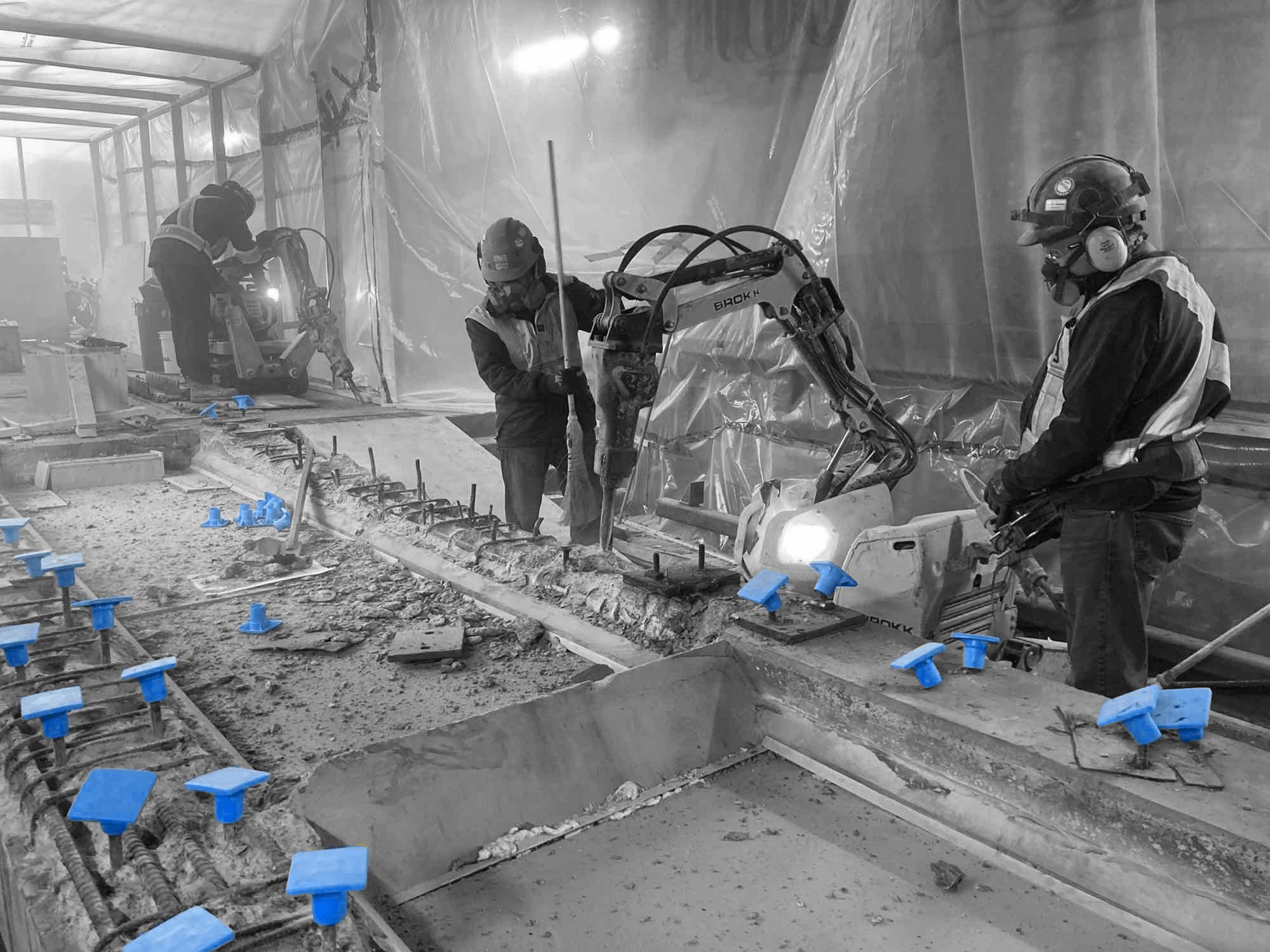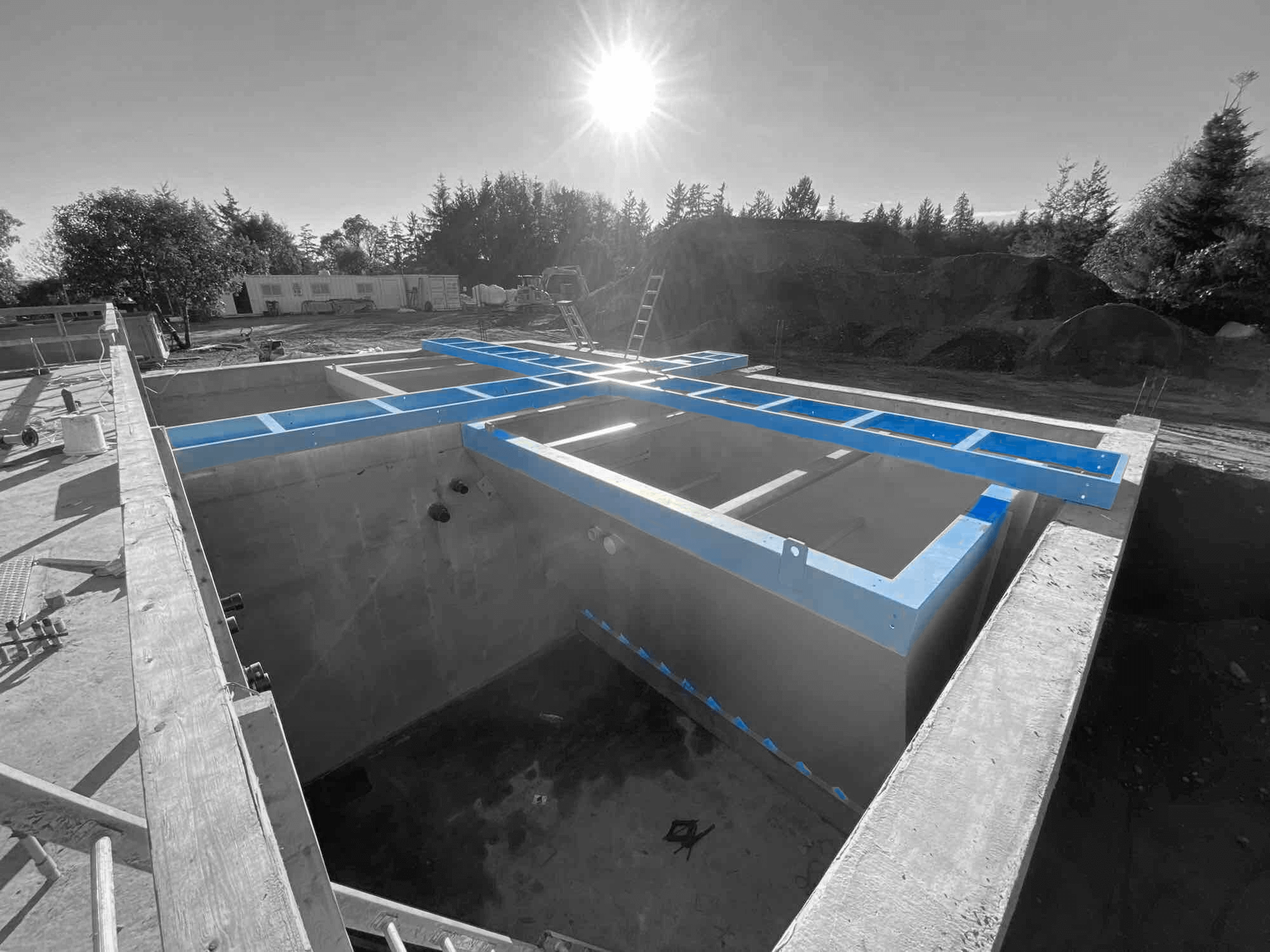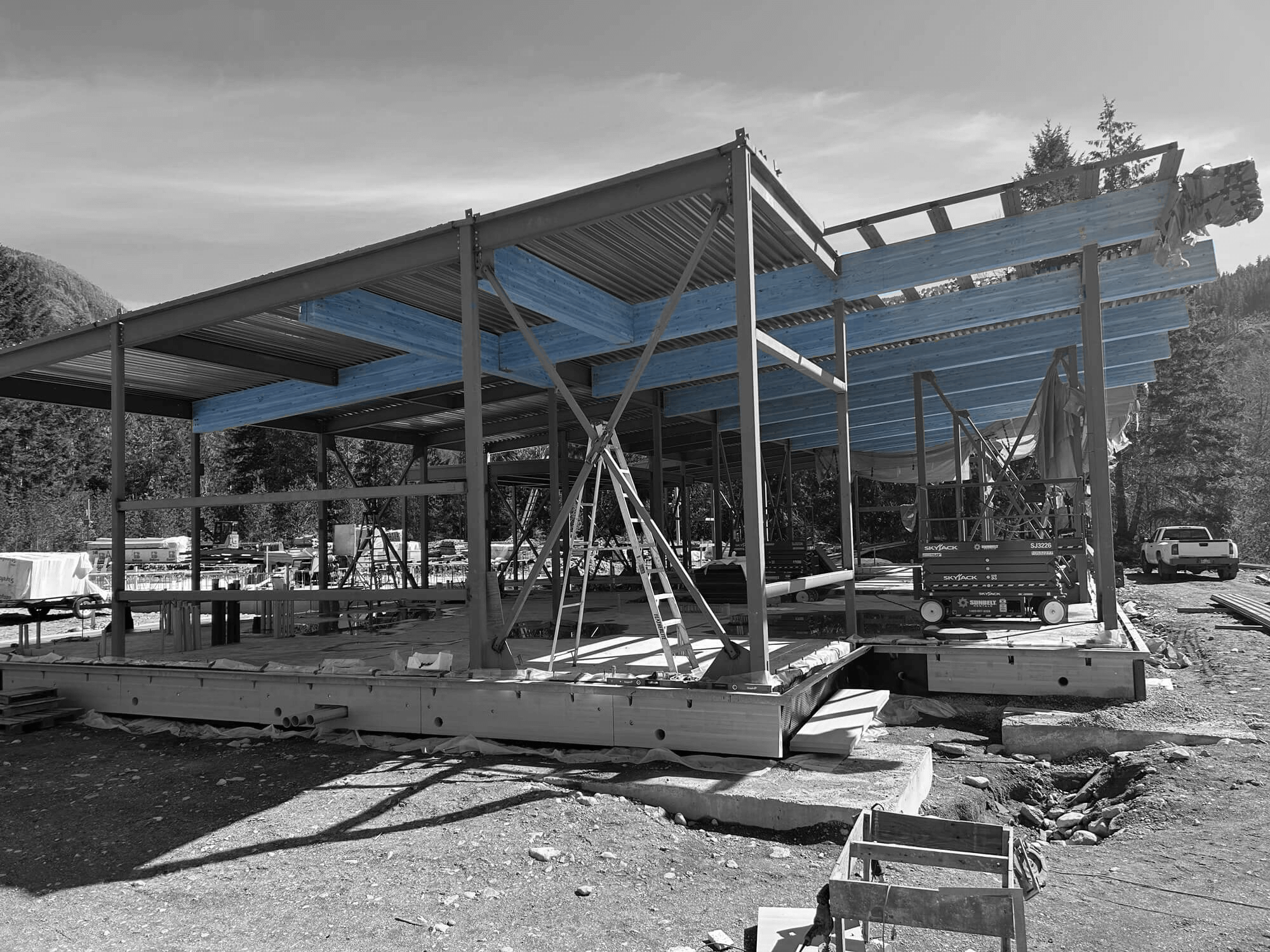Building and running a factory efficiently requires thoughtful planning and execution. EPC (Engineering, Procurement, and Construction) design-build offers a consolidated approach to these tasks, ensuring that every aspect of the project is integrated smoothly. By bringing together design and construction under a single umbrella, EPC design-build helps eliminate common pitfalls and improves communication among stakeholders.
In an industrial setting, where precision and timeliness are crucial, the EPC approach stands out for its ability to streamline operations. This method prioritizes efficiency, helping factories not just reduce costs but also align with their performance goals. Clear coordination between the design and execution phases means there are fewer delays and errors, allowing factories to come online faster and start producing sooner.
Understanding how EPC design-build works can transform how factories are built and operated, leading to smoother workflows and enhanced productivity. It offers a clear roadmap from concept to completion, ensuring that industrial facilities are robust and capable of meeting today’s demands.
Understanding EPC Design-Build: Streamlining Processes
EPC design-build offers a unified approach that simplifies and streamlines the construction process for industrial facilities. This method combines engineering, procurement, and construction into one seamless package, overseen by a single team. By centralizing these aspects, EPC design-build reduces potential miscommunications and delays, which are common in traditional construction models where separate teams handle different phases.
The streamlined approach begins with thorough planning. The EPC team works collaboratively from the start, sharing insights and addressing potential challenges early. This level of integration results in a clear project roadmap, where each phase smoothly transitions to the next. One of the key strengths of EPC design-build is its ability to adapt to changes quickly. When unexpected challenges arise, the unified team can respond faster and more effectively, minimizing disruption.
EPC design-build also supports better budgeting. With a clear understanding of the project’s scope and requirements from the beginning, the team can provide more accurate cost estimates and manage resources efficiently. This helps prevent budget overruns and ensures the project stays on track financially, an essential factor in the competitive industrial sector.
Benefits of EPC Design-Build for Industrial Factories
Industrial factories greatly benefit from the EPC design-build approach. One major advantage is the reduced project timeline. By performing design and construction activities simultaneously when possible, the overall time required to complete a project decreases. This helps factories start operations sooner, leading to earlier productivity and profitability.
Cost efficiency is another significant benefit. The integrated nature of EPC projects means that potential cost savings are identified early on. Contractors can negotiate better deals on materials and manage resources efficiently, leading to budget-friendly construction without sacrificing quality. The streamlined process also minimizes administrative costs by reducing the need for multiple contracts and project managers.
Quality control improves under the EPC framework. With a single team responsible for the entire project, quality standards remain consistent from start to finish. This continuity ensures high-quality outcomes, as each team member understands the project’s objectives and contributes accordingly.
The benefits of EPC design-build include:
– Faster Delivery: Combined phases lead to quicker project completion.
– Cost Savings: Early identification of cost-saving opportunities.
– Improved Quality: Consistent standards maintained across all phases.
– Reduced Risk: Single point of responsibility minimizes potential risks.
These advantages make EPC design-build an attractive option for industrial factories aiming to enhance operational efficiency and maintain a competitive edge in their sector.
Key Components of a Successful EPC Project
A successful EPC project relies on several key components that ensure smooth execution and high-quality results. Effective communication is at the heart of an EPC project. Clear communication channels between all involved parties—engineers, procurement specialists, and construction teams—facilitate a seamless flow of information. This collaboration helps quickly resolve any issues that might arise during the project.
Detailed planning is another critical element. A well-thought-out plan details every aspect from start to finish, aligning all team members to the project’s goals and timelines. This planning reduces uncertainties and allows for better resource allocation. A strong emphasis on risk management is also essential. Identifying potential risks early and having strategies in place to mitigate them ensures that the project can proceed with minimal disruptions.
Project management is crucial for maintaining quality and keeping the project on track. Skilled project managers coordinate tasks and oversee progress, ensuring that all parts come together as planned. They are responsible for adjusting plans as needed and keeping the project within budget and on schedule.
These components work together to ensure a project not only meets but exceeds expectations, providing a solid foundation for operational efficiency.
Future Innovations in EPC Design-Build for Industry
Innovation continues to drive the evolution of EPC design-build, enhancing its efficacy and utility for industrial applications. Digital technology integration, such as Building Information Modelling (BIM), is revolutionizing the approach by providing detailed 3D models that enhance accuracy in planning and execution. BIM allows teams to anticipate challenges before construction begins, saving time and resources.
Sustainability is taking centre stage as industries strive to reduce their environmental impact. EPC projects now frequently incorporate green technologies like energy-efficient materials and renewable energy systems. This approach not only meets regulatory requirements but also promotes long-term cost savings and environmental stewardship.
Prefabrication is another innovation streamlining the construction phase. Factory-produced components allow for faster, more precise assembly on-site, reducing construction timelines and potential errors. This method enhances project efficiency and minimizes waste, aligning with eco-friendly goals.
Artificial Intelligence (AI) and the Internet of Things (IoT) are also making their way into the EPC process. These technologies improve project management with predictive analytics, helping teams forecast resource needs and track project milestones in real time.
Incorporating these innovative elements, EPC design-build continues to adapt to changing industrial needs, supporting more efficient, cost-effective, and sustainable factory operations.
Conclusion
EPC design-build proves to be a transformative approach for industrial settings, streamlining complex processes and enhancing productivity. Its integrated structure ensures that projects run smoothly from conception to completion, minimizing delays and control costs. The emphasis on detailed planning and effective management further supports achieving high-quality outcomes, building robust foundations for industries.
As technology and sustainability initiatives progress, EPC design-build continues to evolve, offering future-ready solutions that are both practical and environmentally responsible. Industra Construction Corp. stands at the forefront of these advancements, providing tailored EPC solutions that support industrial growth. Contact us to explore how our expertise in EPC design-build can enhance your factory’s efficiency and sustainability.


